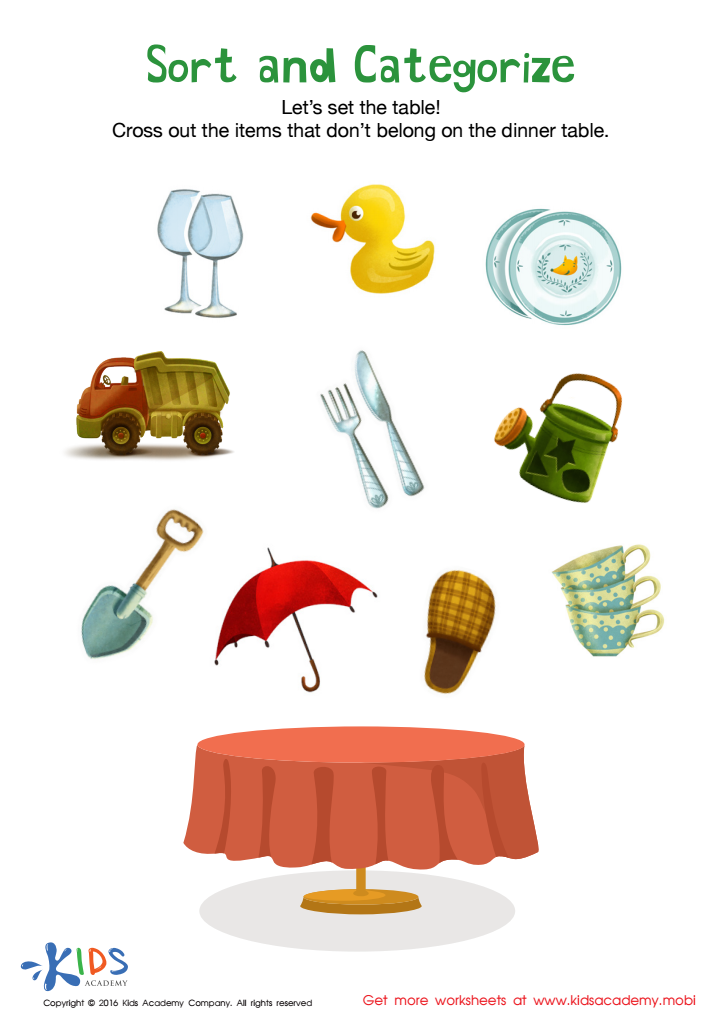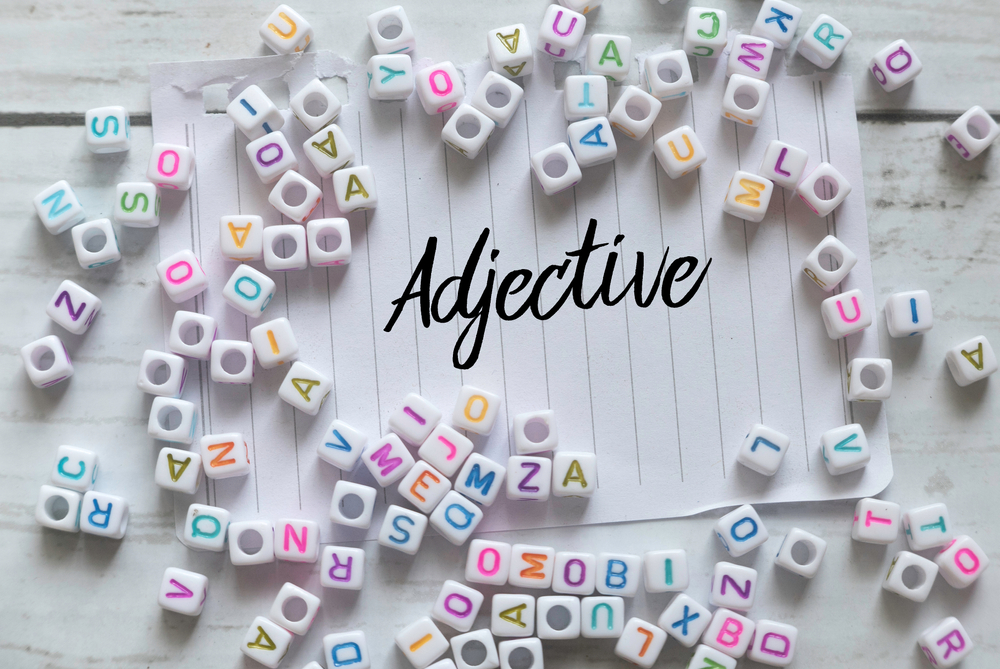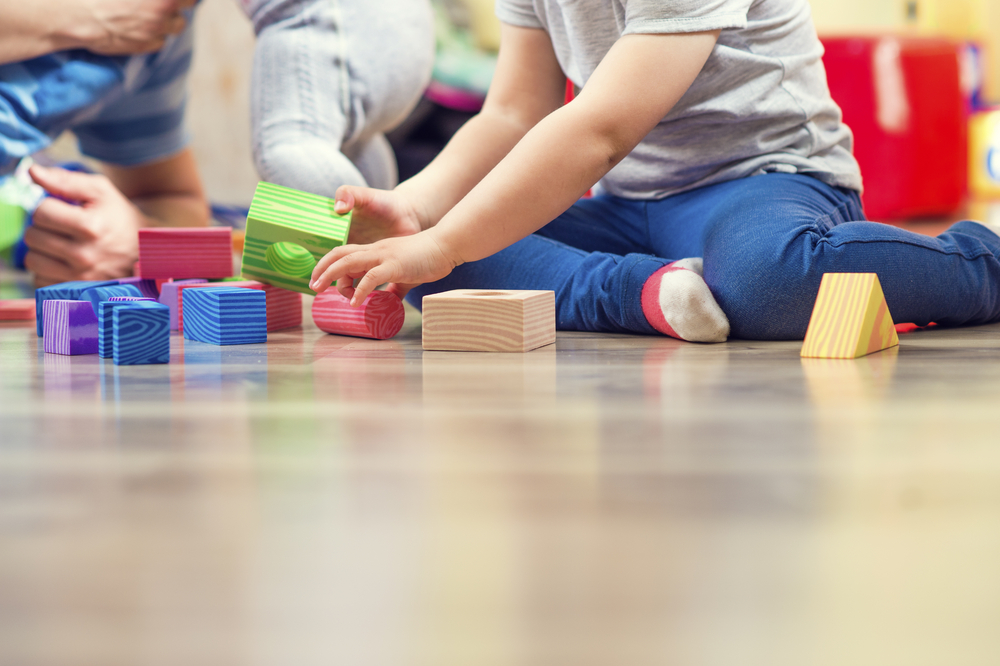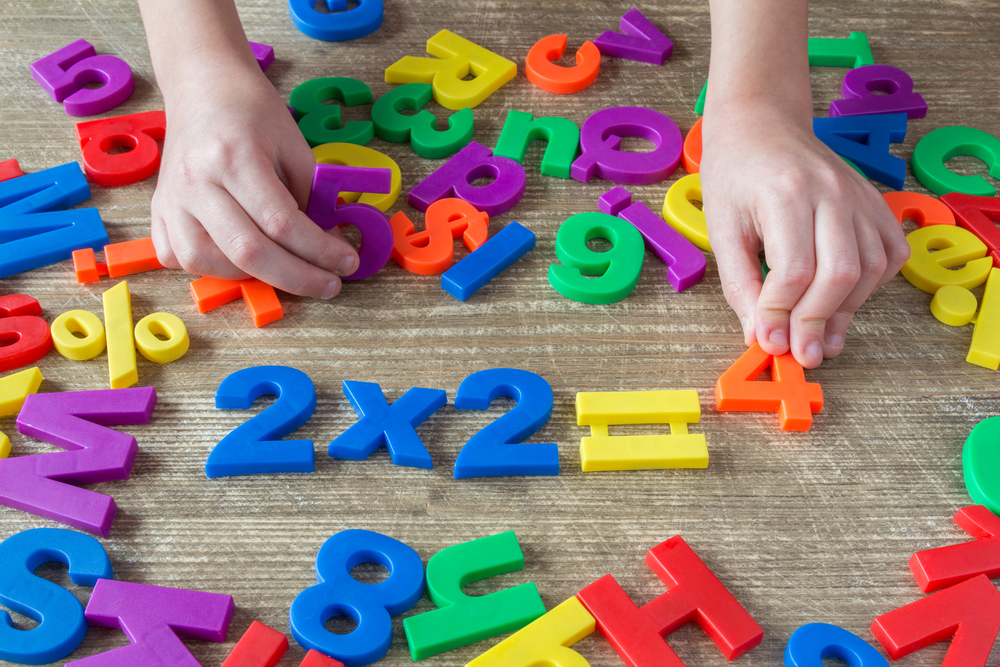Sorting worksheets activities for 3-Year-Olds
7 filtered results
-
From - To
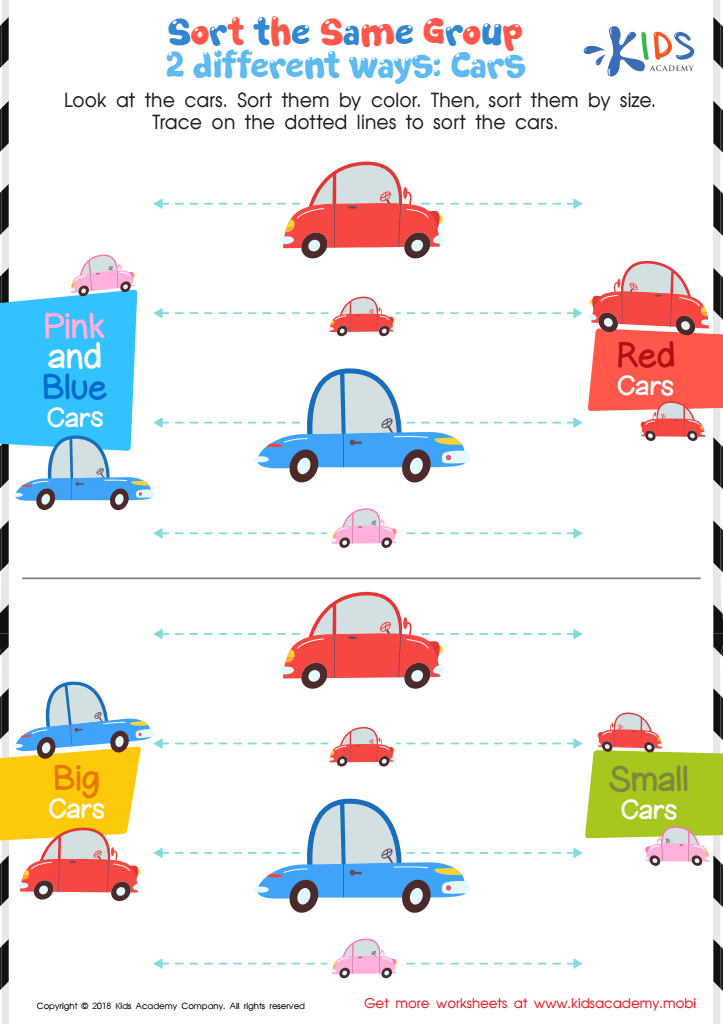

Sort the Same Group 2 Different Ways: Cars Worksheet
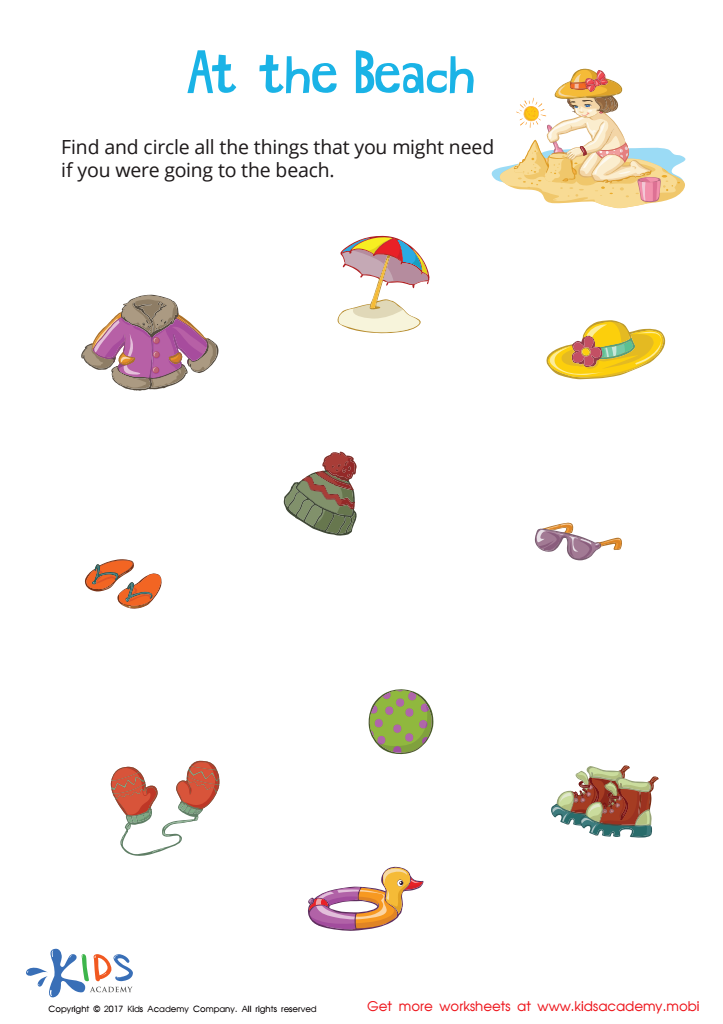

At the Beach Sorting Worksheet
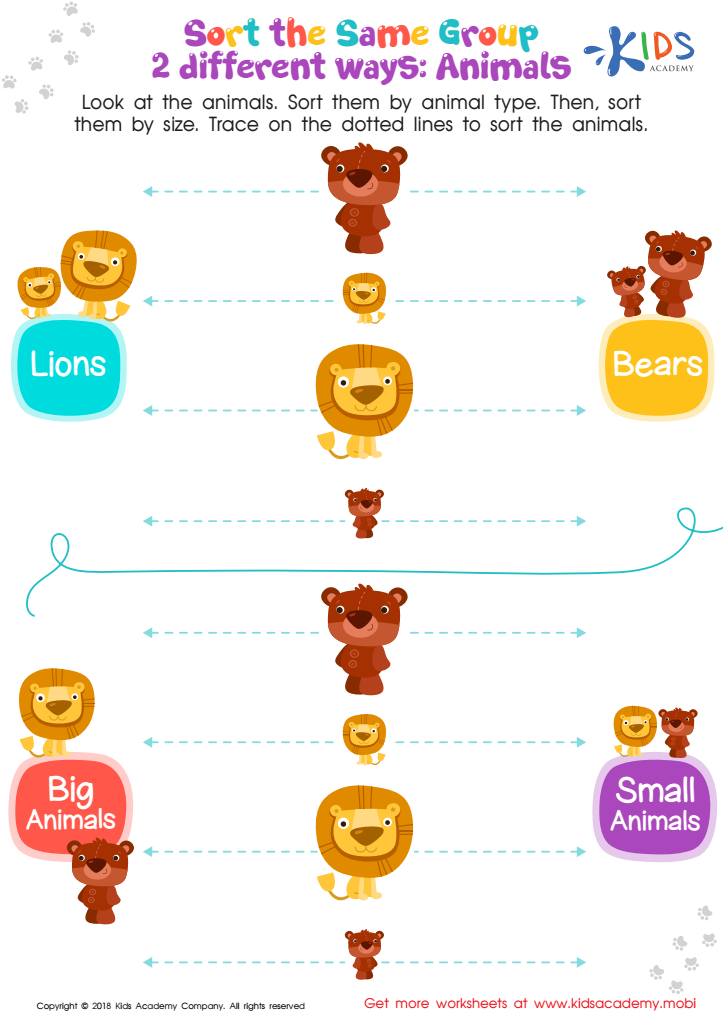

Sort the Same Group 2 Different Ways: Animals Worksheet
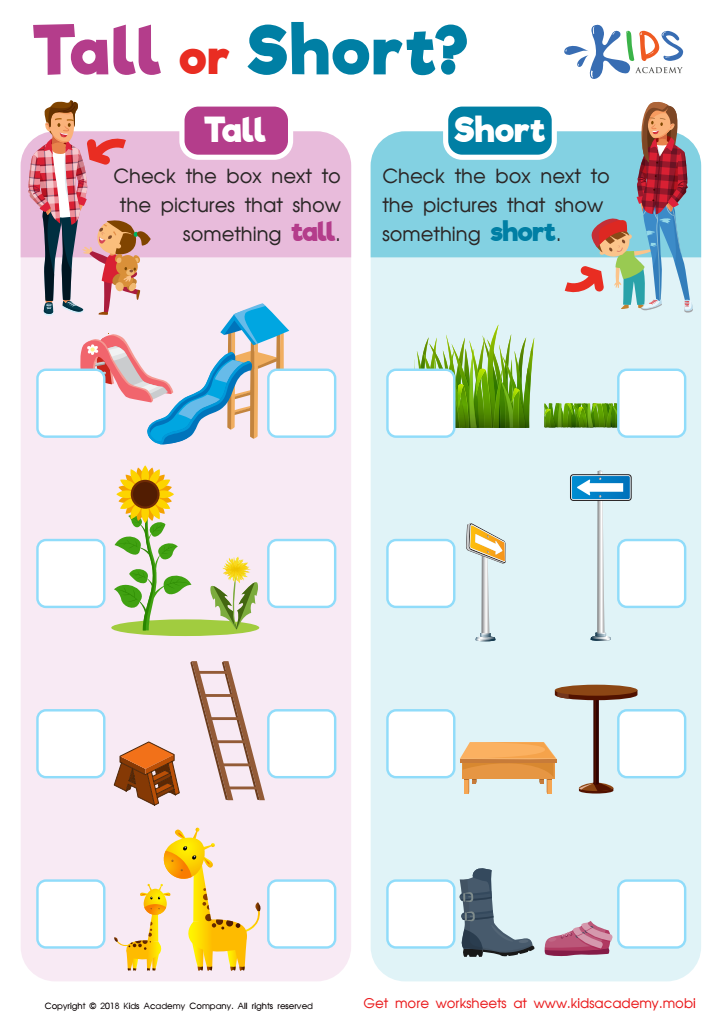

Tall or Short? Worksheet


Matching and Sorting for Preschool: Assessment 2 Worksheet
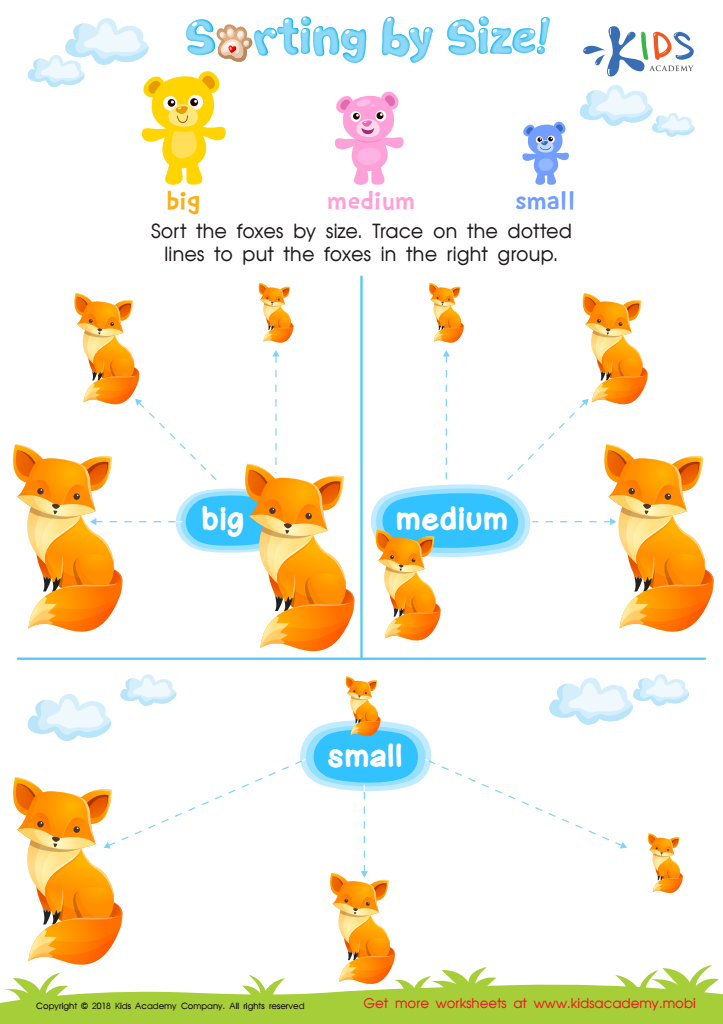

Sorting by Size Worksheet
Sorting worksheets activities are an invaluable tool in the education and cognitive development of learners across various age groups. These activities are specifically designed to enhance critical thinking, categorization skills, and problem-solving abilities in a structured and engaging manner. By sorting objects, numbers, or even concepts into different categories, students not only learn to identify similarities and differences but also develop a deeper understanding of the subject matter.
One of the primary reasons Sorting worksheets activities are so useful is that they provide a hands-on learning experience. This tactile approach to learning is crucial for young learners who benefit from physically manipulating and organizing items. It makes abstract concepts more tangible, allowing students to grasp complex ideas through a process of exploration and discovery. Furthermore, these activities cater to various learning styles, ensuring that visual, auditory, and kinesthetic learners all have the opportunity to engage with the material in a way that best suits their preferences.
Sorting worksheets activities also promote organizational skills. By categorizing information, learners are inadvertently learning how to structure and systematize their thoughts. This skill is not only invaluable in academic settings but is also a critical life skill. Being able to organize information effectively allows individuals to process and retrieve information more efficiently, leading to better decision-making and problem-solving skills.
Moreover, these activities facilitate language development. As students sort and categorize, they are encouraged to articulate their reasoning and thought processes. This verbalization helps in expanding their vocabulary and improving their communication skills. It also fosters a classroom environment where students can share their insights and learn from one another, promoting social interaction and cooperation.
In conclusion, Sorting worksheets activities are a versatile and powerful educational tool. They not only enhance cognitive skills such as critical thinking and problem-solving but also promote language development and social interaction. By incorporating these activities into the curriculum, educators can provide a well-rounded learning experience that prepares students for both academic success and real-world challenges.
 Assign to the classroom
Assign to the classroom
